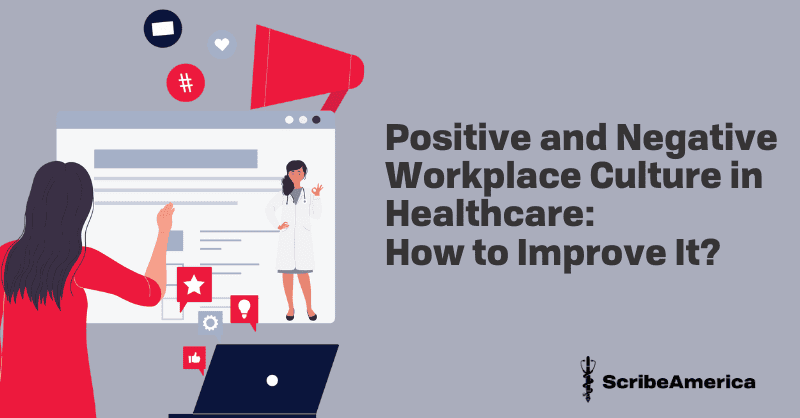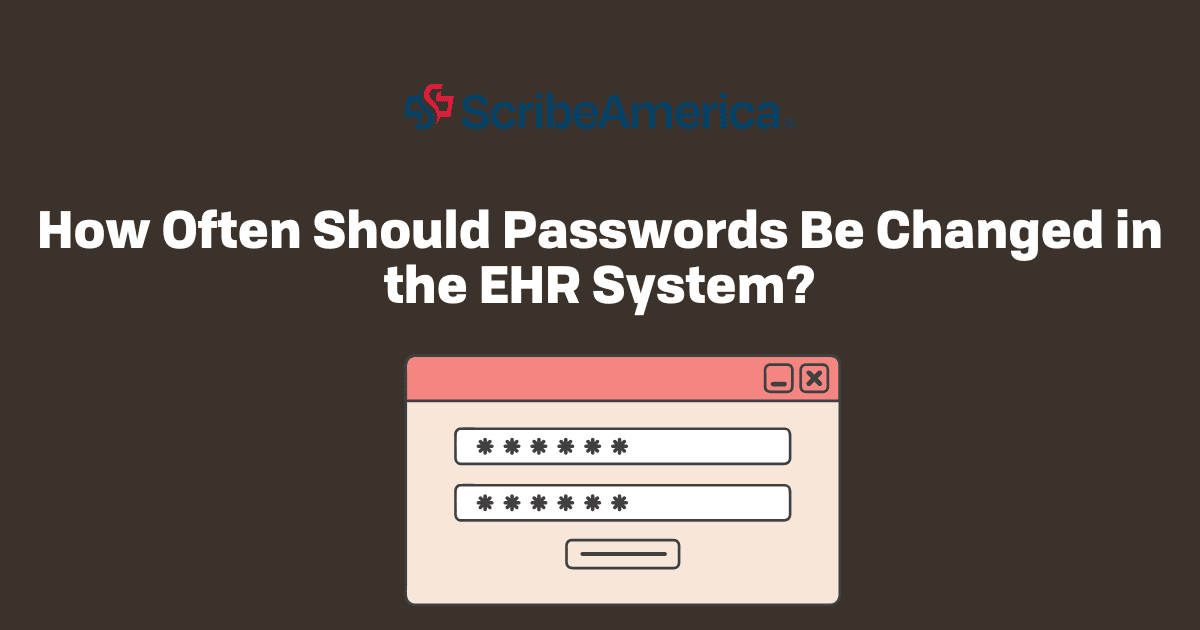Workplace culture plays a pivotal role in shaping the experiences of healthcare professionals and, by extension, the quality of patient care. In the realm of healthcare, where stress and pressure are omnipresent, cultivating a positive workplace culture becomes paramount. Let’s delve into the dynamics of positive and negative workplace culture in healthcare, exploring ways to enhance the work environment for the benefit of all stakeholders.
What is workplace culture in healthcare?
Before we dive into tips on how to improve workplace culture in healthcare, let’s define what this concept is really about.
Workplace culture in healthcare encompasses the values, beliefs, and behaviors that shape the work environment within a healthcare organization. It influences how employees interact, collaborate, and approach their roles. A healthy workplace culture promotes job satisfaction, enhances collaboration, and contributes to improved patient outcomes.
As you can guess, workplace culture can be either positive or negative. What characterizes each of them?
Positive workplace culture in healthcare
A positive workplace culture is characterized by collaboration, open communication, and a focus on employee well-being. Teams that feel supported and valued are more likely to provide excellent patient care. In such environments, healthcare professionals are encouraged to voice their opinions, share ideas, and actively contribute to decision-making processes.
Recognition and appreciation are integral components of a positive healthcare workplace culture. Positive reinforcement creates a cycle of productivity and satisfaction, reinforcing the idea that each team member plays a crucial role in the overall success of the healthcare organization.
Negative workplace culture in healthcare
Conversely, negative workplace culture in healthcare can manifest in various ways, such as poor communication, lack of support, and a sense of alienation among staff. A toxic environment can lead to increased stress, burnout, and decreased job satisfaction among healthcare professionals.
In a negative workplace culture, the fear of repercussions may hinder open communication and impede the flow of vital information, jeopardizing patient safety and the overall efficiency of healthcare delivery.
Identifying negative workplace dynamics is crucial for creating an environment that promotes both professional growth and high-quality patient care.

How to improve workplace culture in healthcare?
Improving workplace culture in healthcare requires a multifaceted approach. Leadership plays a pivotal role in setting the tone for the entire organization and establishing clear communication channels. Encouraging a culture of continuous learning and professional development also contributes to a positive workplace atmosphere.
Regular team-building activities help to foster a sense of community and strengthen interpersonal relationships. Recognizing achievements, both big and small, creates a positive feedback loop that reinforces a culture of success. It’s also crucial to invest in employee wellness programs, mental health support, and flexible work arrangements to demonstrate commitment to staff well-being.
The takeaway
What is workplace culture in healthcare? A positive workplace culture fosters collaboration, enhances employee satisfaction, and ultimately improves patient care. Conversely, a negative workplace culture can have detrimental effects on both staff and patient well-being. By actively working to improve workplace culture through effective leadership, open communication, and support for staff well-being, healthcare organizations can create environments that benefit everyone involved.
If you’re interested in contributing to positive healthcare cultures, consider roles such as medical scribes, veterinary scribes, or care navigators. These positions play crucial roles in supporting healthcare teams, improving workflow, and enhancing overall patient care.




